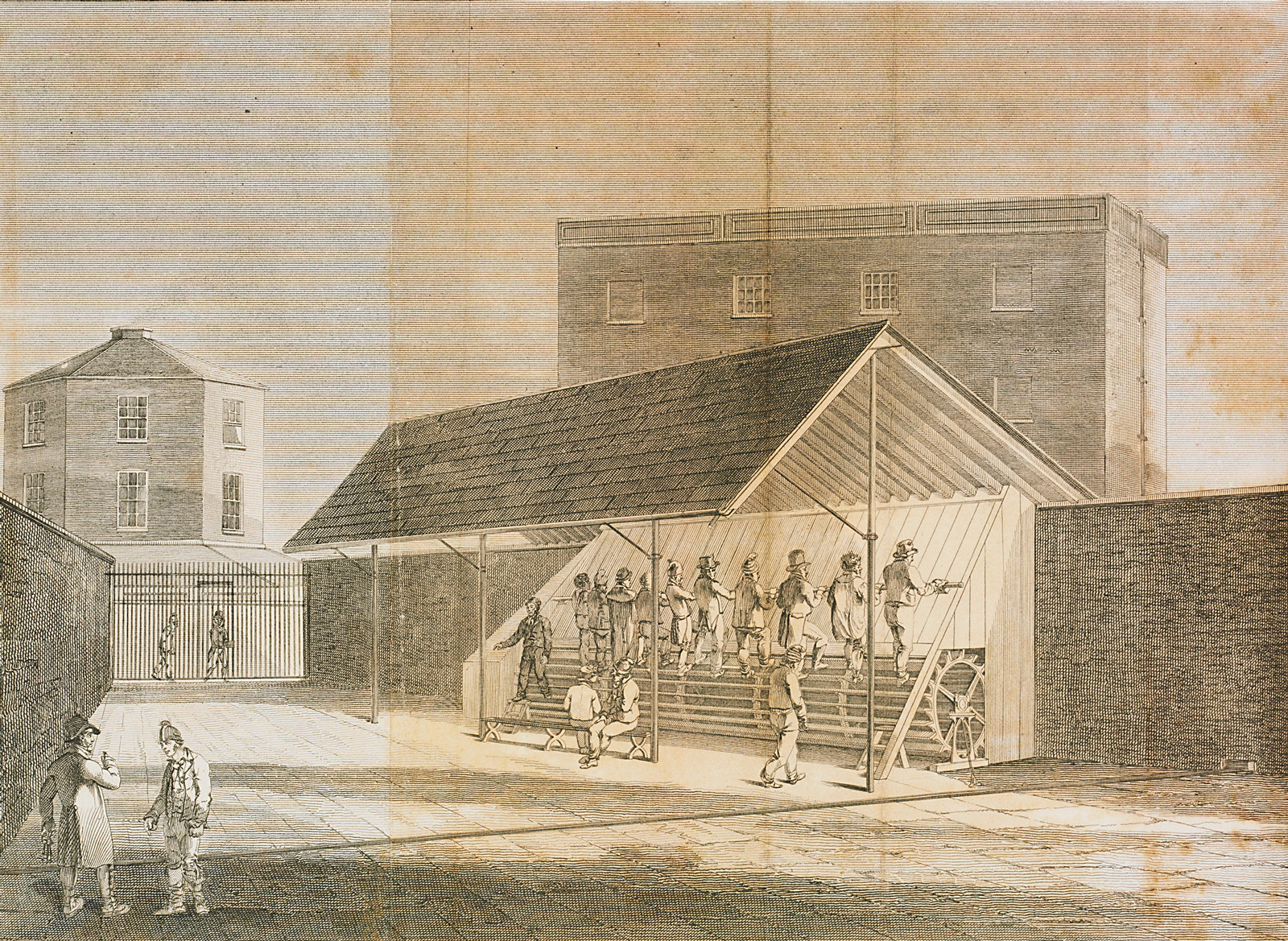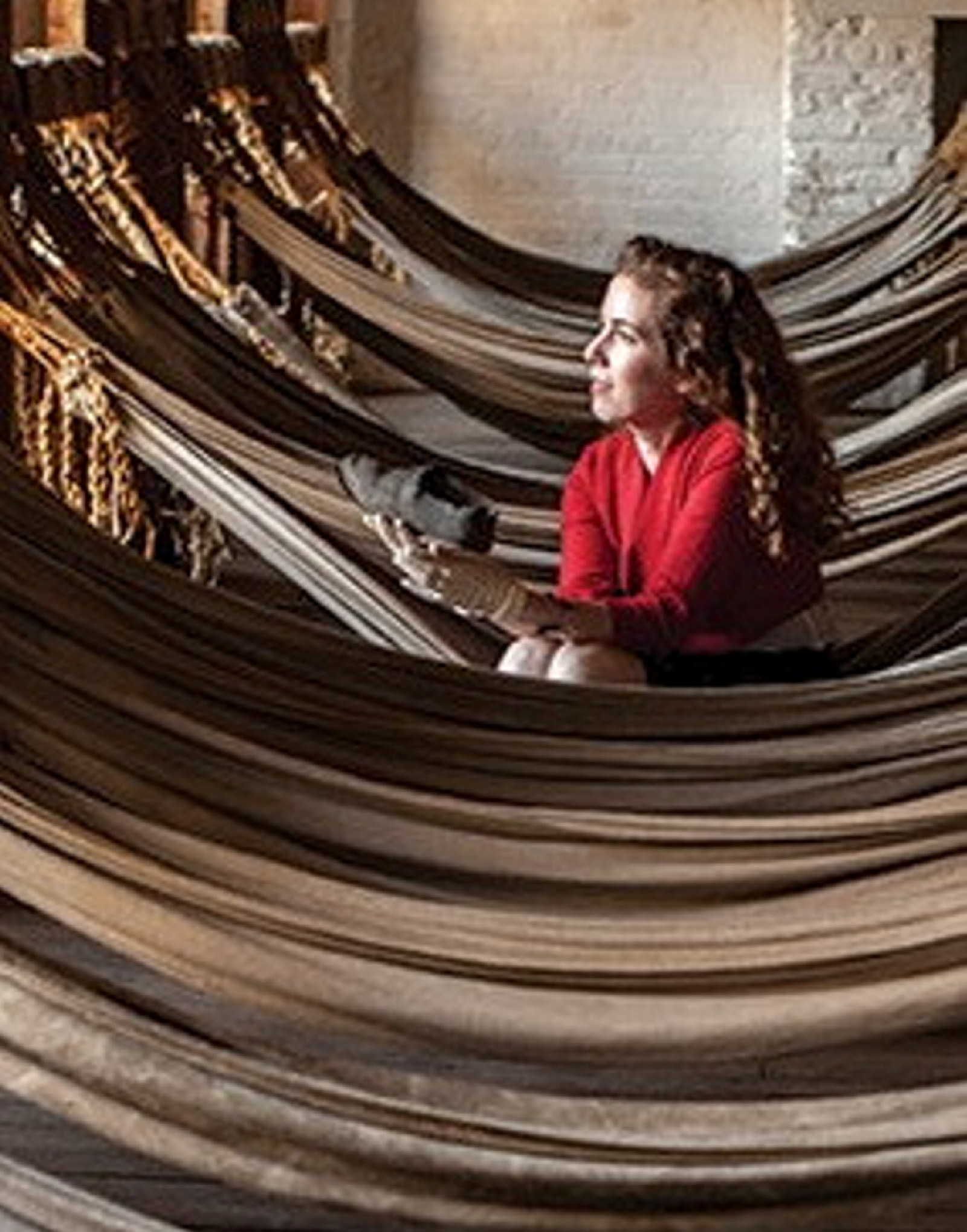Francis Macnamara
Miner, thief, celebrity poet
Arrived 1832 on Eliza
With their ‘flash’ slang words, convicts could undermine the control of the authorities. The rebellious verse of Macnamara, who clearly had the gift of the gab, must have struck a chord with his fellow convicts.
In 1832, Francis Macnamara, an articulate 21-year-old miner from Wicklow, Ireland, was sentenced to seven years’ transportation for stealing cloth.
In the colony he became a popular poet and balladeer, famous for describing the horrors and injustices of the convict system – and few were more qualified to write about convict life.
For nearly two decades, while ‘Frank the Poet’ entertained colonists with witty writings, the real Macnamara endured punishment in irons, multiple floggings, stints on the treadmill and long periods in solitary cells. His poem ‘A Dialogue between two Hibernians in Botany Bay’, published in The Sydney Gazette, was written at the Hyde Park Barracks.
The defiant Macnamara also wrote about notorious fellow convicts William Swallow and Israel Chapman. Macnamara was finally freed in 1849.
'Up steps bold Jack Muldemon his comrades three more We soon disarmed the sentry and left him in his gore Liberty Oh Liberty it's Liberty we crave Deliver up your arms my boys or the sea shall be your grave 'First we landed the soldiers the captain and his crew We gave three cheers for Liberty and soon bid them adieu William Swallows he was chosen our commander for to be We gave three cheers for Liberty and boldly put to sea 'Play on your golden trumpets boys and sound your cheerful notes The Cyprus Brig's on the ocean boys by justice does she float.'
Related

Convict Sydney
A world of pain
The combined aims of the assignment system, from 1826 onwards, were to equip farmers with cheap convict labour, to disperse convicts away from towns (and other convicts) and to keep an eye on each worker’s whereabouts and treatment
Published on
Convict Sydney
Browse all
Convict Sydney
Convict punishment: the treadmill
As a punishment, convicts were made to step continuously on treadmills to power wheels that ground grain

Convict Sydney
Molesworth report
The findings of the 1837 Molesworth inquiry brought about the end of convict transportation to New South Wales

Convict Sydney
Dennis Dogherty
Not even men in uniform were spared the gruelling punishment of transportation. Desertion from the military was regarded as a serious crime, as Irishman Dennis Dougherty found out

Convict Sydney
William Ockenden
Although the authorities frowned on it, gambling at the barracks and in public houses was common among the convicts. Ockenden seems to have made it an art form
